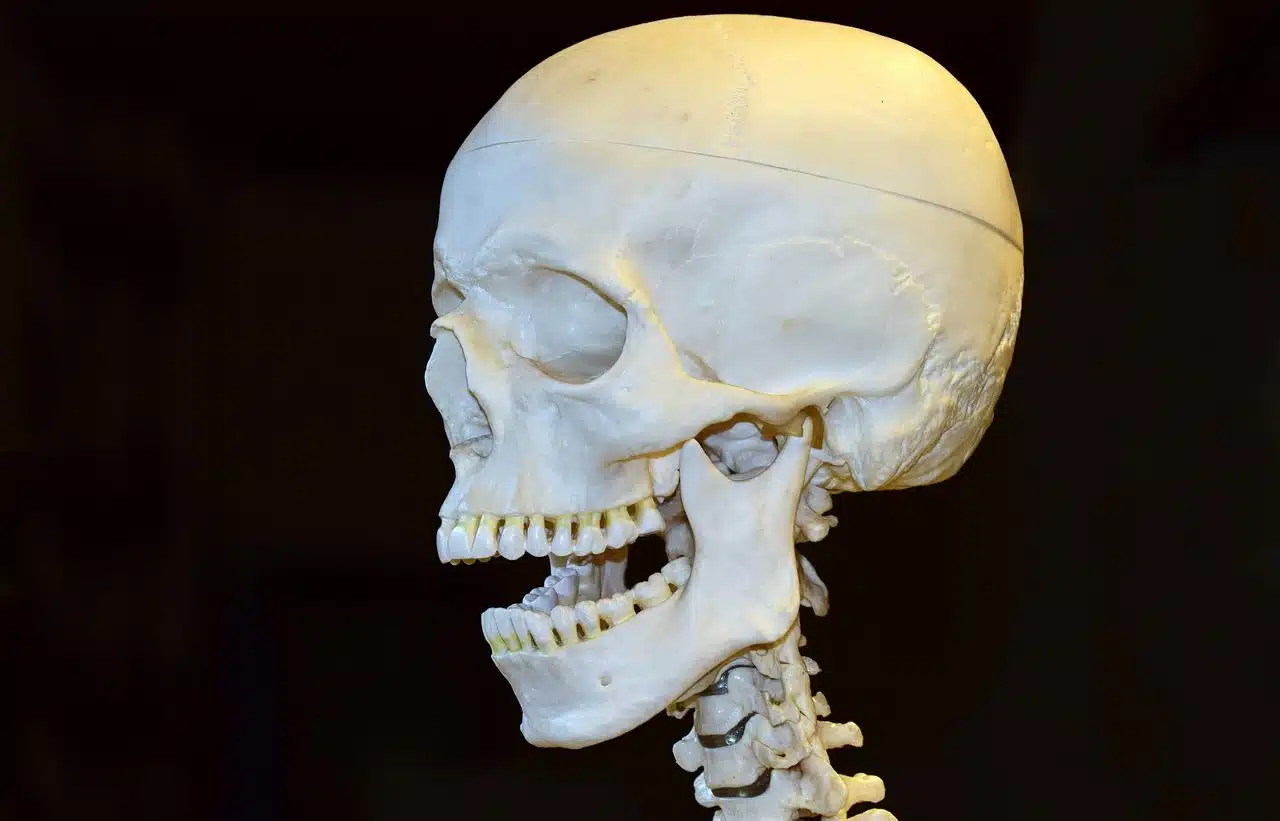
A herniated disc is also known as a bulging disc.
Protusion is a commonly used term that, however, is not part of the dictionary of the Royal Spanish Academy (RAE) . Why, then, is it a frequently used concept? This is an incorrect derivation of protrusion (the process and consequences of protruding: the displacement of an organ beyond its usual location or limits).
Protrusion, therefore, comes from protruding . This verb , for its part, derives from the Latin protrudere . All of these notions have been used by doctors for quite some time: given that the word protrusion was only accepted by the RAE in 2001 , for many years it coexisted with the word protrusion.
Therefore, even in medical literature, it is likely to find the idea of protrusion mentioned. The meaning of both terms, of course, is identical: a protrusion or protrusion can refer to a prominence , a protuberance , or a hernia .
When someone refers to a bulging disc , they will be mentioning the existence of what, correctly, should be mentioned as a bulging disc or a herniated disc . This physical disorder refers to a displacement that occurs in the intervertebral disc and that can cause neurological problems.
mandibular protrusion
Mandibular protrusion or mandibular protrusion , for its part, refers to the movement of the lower jaw forward, without losing the contact established with the upper jaw. Various muscles , bones and ligaments intervene in this movement, which enable the mobility of the area.
Within the various movements of the jaw, we can differentiate between the following three that the lower jaw is capable of: descent and elevation; protrusion and retrusion (also called forward and backward projection, respectively); of laterality (also known as diduction ).
Although the movement of protrusion and retrusion is very limited in our species, the same does not occur with rodents, for example. When a mouse projects its lower jaw forward, its two condyles (rounded bone protuberances, located on its extremities with the function of forming a joint by fitting into the gap of a second bone) come out of the glenoid cavity (a depression of shallow depth that is located above the mandibular condyle) and are located below the so-called transverse root.
In this way, through the protrusion movement, the lower dental arch is placed at an approximate distance of 5 millimeters in front of the upper one, and only returns to its original position. Sometimes this is done with the aim of cutting up some food which is then brought to the back of the mouth to be crushed. For this reason, harmony between the anterior and posterior teeth is essential, since the latter should not interfere with the incision process, which could occur if they get stuck with some of the upper teeth.
Any encounter that occurs between the different teeth during the protrusion movement is known as protrusive tooth contact .

Jaw protrusion is linked to the movement of the lower jaw forward, without losing contact with the upper jaw.
The retrusion
Regarding retrusion, it is interesting to note that in the middle of the 20th century, Dr. Ulf Posselt discovered that most human beings can only move their jaw backwards a distance of approximately 1 millimeter , something that has been confirmed in several studies. occasions since then by various specialists.
This distance is common to almost any jaw, regardless of the type of occlusion it presents , whether bad or good, even for cases of malocclusions (several types of anomalies that occur during the growth of the bones of the maxilla or mandible).
